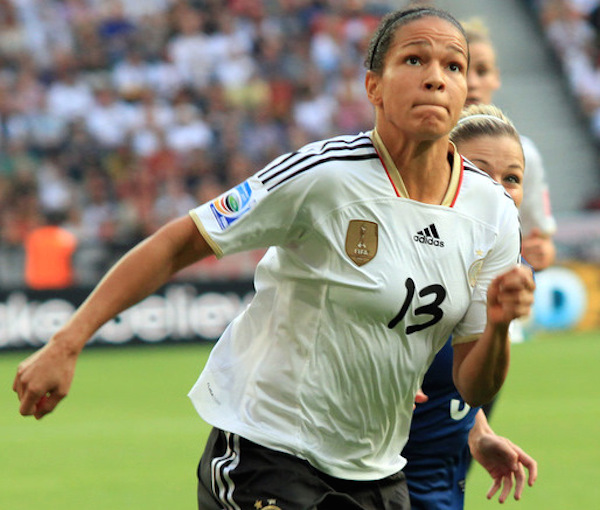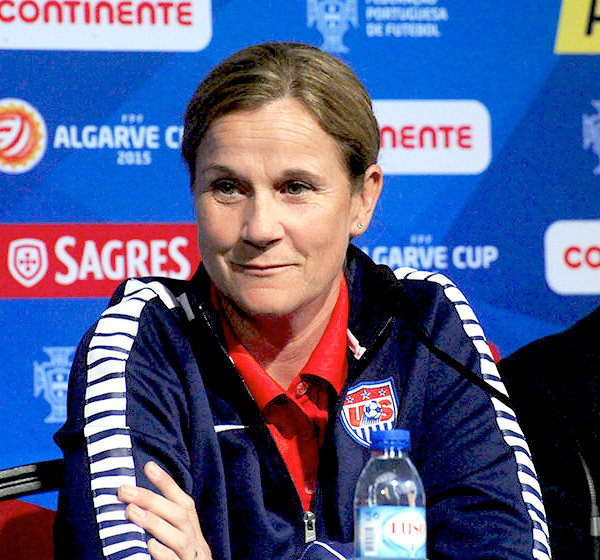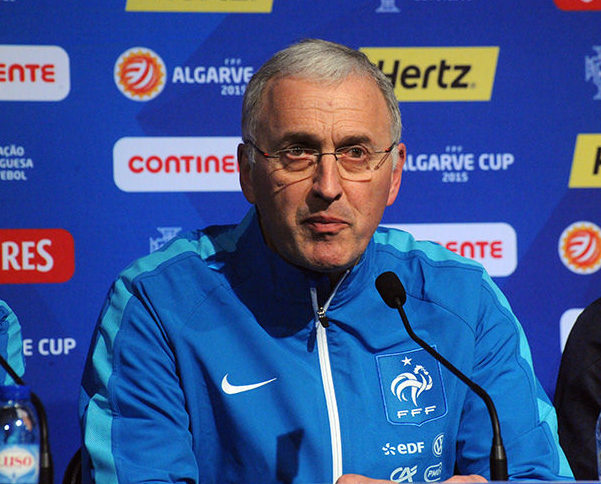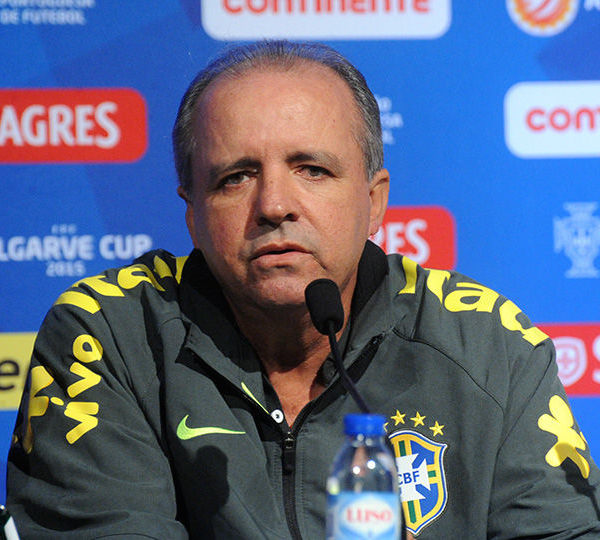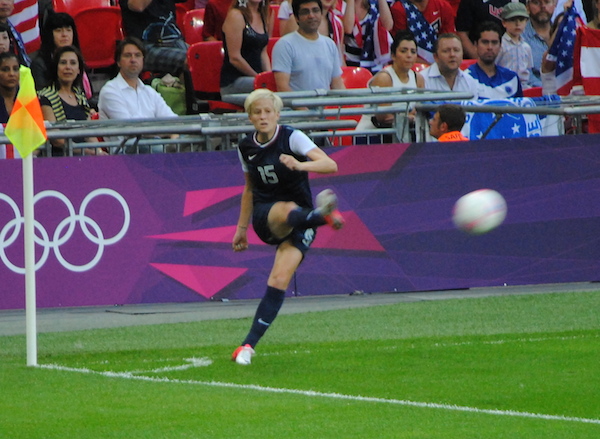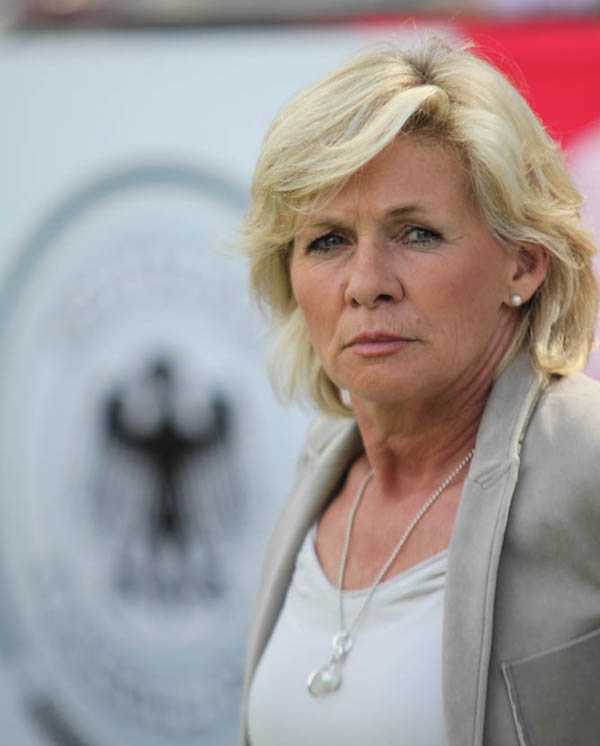Every once in a while, something almost random offers up a result so perfect that it’s hard to believe it just happened that way. The quarterfinal match-ups in the 2015 women’s World Cup are that kind of event. The four games between eight teams will be played over two days. Within those four games exists every possible type of plot: regional, historical, and cultural rivalries. In this post we’ll preview Germany vs. France, Friday, June 26, 4 p.m. ET on Fox.
What’s the plot?
It’s barely necessary to write anything about this game. The history of antagonism between these countries runs so deep that “French-German enmity” has its own Wikipedia page. The literal bad blood between the French and German people was noted by none other than Julius Caesar a book he wrote over 2,000 years ago. We all know about World War I and World War Two but we may not know that earlier these two countries fought on opposite sides of the Thirty Years War and the Seven Years’ War. If there had been a Two Week War, I’m sure they would have been on opposite sides of that too. Thankfully, for everyone involved, the two countries have found a way to peacefully coexist over the past 70 years.
In soccer, as in politics, Germany has always had the upper hand. In men’s soccer, the two countries have met four times in the World Cup and Germany has won the three more meaningful games – the 1982 semis, 1986 semis, and last year’s quarterfinals. France only won in the 1958 third place game. The French women’s team has lost to the Germans every time they’ve met on a significant stage: in the 2005 and 2009 European Championships and the 2011 World Cup. Both teams have played excellently in the World Cup so far with one small hiccup. For the French, that blip was a 2-0 loss against Colombia. Other than that game, they’ve been perfect — winning every game and not allowing their opponents to score even a single goal. The Germans are undefeated but they tied an otherwise uninspired Norway 1-1 during the Group Stage, and allowed Sweden to score a goal in their Round of 16 match.
Who are the characters?
Louisa Necib – France’s main playmaker, Necib is capable of rare moments of tactical brilliance. She’s been unusually silent so far this tournament though, with no goals and no assists.
Eugenie Le Sommer – Sommer is a classic number nine or striker. She even wears number nine on her jersey! She’ll be tirelessly running at Germany’s defense, probing for weaknesses to sneak through. If she can’t find any, she’ll just look to smash through anyway. She’s had a good tournament so far, with three goals, two assists, and an impressive nine fouls.
Laura Georges – Standing tall in the center of the French defense is captain, Laura Georges. She’s going to have her capable hands full defending against the German attack. Even more than her attacking counterparts, French hopes rest on her 5’8″ shoulders.
Celia Sasic – A dual citizen of France and Germany, with Cameroonian heritage and married to a Czech soccer player, Sasic is every bit as international as the World Cup itself. She’s the leader of the German attack and has been on a scoring streak with five goals in four games including two in the Round of 16 game against Sweden.
Anja Mittag – Also with five goals, (although I have to say that these goal totals are juiced a little by Germany’s 10-0 rout of the Ivory Coast, during which Sasic and Mittag both scored three goals), Anja Mittag is the perfect complement for Sasic up front. More of a poacher than a playmaker, a finisher than a passer, Mittag will get a tiny bit less focus from the French defense, which may be more than enough for her to continue her scoring ways.
Silvia Neid – One of the three greatest women’s soccer players in German history, Neid has announced she will be retiring from coaching next year. By that time, she hopes to be a two-time World Cup winning coach, adding this year’s championship to the one she coached Germany to in 2007.
Who’s going to win?
There’s no telling how this game will work out. Will Germany continue its multi-millennial domination? Or will France finally break through? The only thing that’s guaranteed is that this will be one of, if not the best game of the tournament. Germany is the top ranked team in the world and France is close behind them in third place. If you’re a fan of the U.S. team, you should probably be pulling for France here. They would be a formidable opponent in the semifinals but Germany seems like an insurmountable one.

